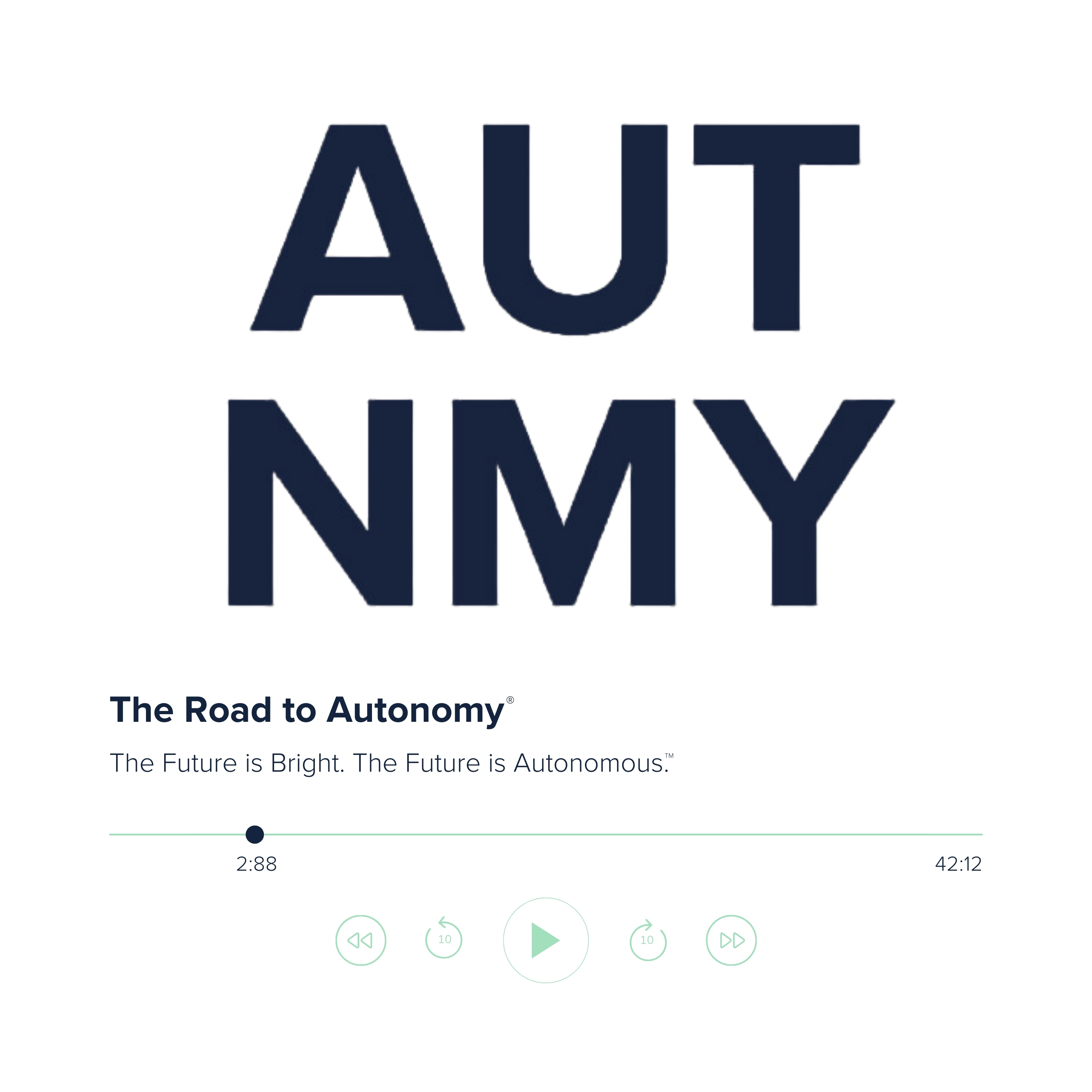
Episode 79 | Think Big. Do Big.

The Road to Autonomy
Shownotes Transcript
Greg Rodriguez), Mobility Policy Principal, Stantec joined Grayson Brulte) on The Road To Autonomy Podcast to discuss autonomous vehicle policy, federal infrastructure funding, and how both policy and funding impact the deployment of autonomous vehicles and trucks.
The conversation begins with Greg sharing his thoughts on the current state of autonomous vehicle policy at the federal level.
It changes yearly, if not daily. One word to describe it all right now, lacking. – Greg Rodriguez
With the start, stop nature of how autonomous vehicle legislation has progressed on Capital Hill, Greg and Grayson discuss the challenges the AV industry faces from a federal policy perspective and why trust is the key to developing a national autonomous vehicle framework.
With the uncertainty of federal autonomous vehicle legislation in the United States, other countries are using this as an opportunity to leapfrog the U.S. to take the lead on AV policy. During China’s 2022 National People Congress, Chen Hong, Chairman of SAIC Motor (China’s largest automaker) put forward a proposal to clarify the legal status of autonomous driving systems with the aim of speeding up the commercialization of smart vehicles.
Will this motion motivate Congress to move on a national autonomous vehicle framework? At this time, it looks very unlikely due to the geopolitical issues the world is facing and the looming mid-term elections. More likely we will continue to see States introduce AV legislation over the course of the next three to four years.
States such as Arizona, Arkansas, Florida, Louisiana, Nevada, and Texas have all enacted AV legislation. The legislation is having a positive impact on the States from an economic perspective as companies have opened offices and set up operations. Texas in particular has emerged as the home of autonomous trucking as companies flock to the State due to the freight capacity and the friendly AV regulatory environment.
Staying on the theme of autonomous trucking, Grayson and Greg discuss the role that dedicated autonomous truck toll roads that connect ports to intermodal hubs could play in the future of freight logistics.
It’s thinking about the impacts that currently exist in the way we do things and how can we minimize those impacts. It’s thinking about how we can create more efficiencies to move goods. – Greg Rodriguez
To achieve these efficiencies, we have to think big and do big. This is exactly what Janno Lieber, CEO of the Metropolitan Transportation Authority (MTA) is doing. Mr. Lieber is showing leadership by being honest about the current state of public transportation in New York City) and preparing for a future where millions of riders just don’t return.
When you think big, new opportunities arise to do big. Grayson and Greg discuss new ways that MTA can offer transportation services by implementing point-to-point on-demand mobility services.
The more mobility options that we can provide people access to, the more likelihood people will realize, oh wow I do not need to own my car anymore. – Greg Rodriguez
Mobility options offer choice. Choice gives consumers the ability to choose which mobility service works best for them and their families. At the end of the day, consumers will end up determining the future of mobility as it will be driven by consumer spending.
Wrapping up the conversation, Greg shares his vision for the future of mobility.
Recorded on Monday, March 7, 2022
--------
About The Road to Autonomy
The Road to Autonomy® is a leading source of data, insight and commentary on autonomous vehicles/trucks and the emerging autonomy economy™. The company has two businesses: The Road to Autonomy Indices), with Standard and Poor’s Dow Jones Indices as the custom calculation agent; Media, which includes The Road to Autonomy) and Autonomy Economy) podcasts as well as This Week in The Autonomy Economy) newsletter.
See Privacy Policy at https://art19.com/privacy) and California Privacy Notice at https://art19.com/privacy#do-not-sell-my-info).